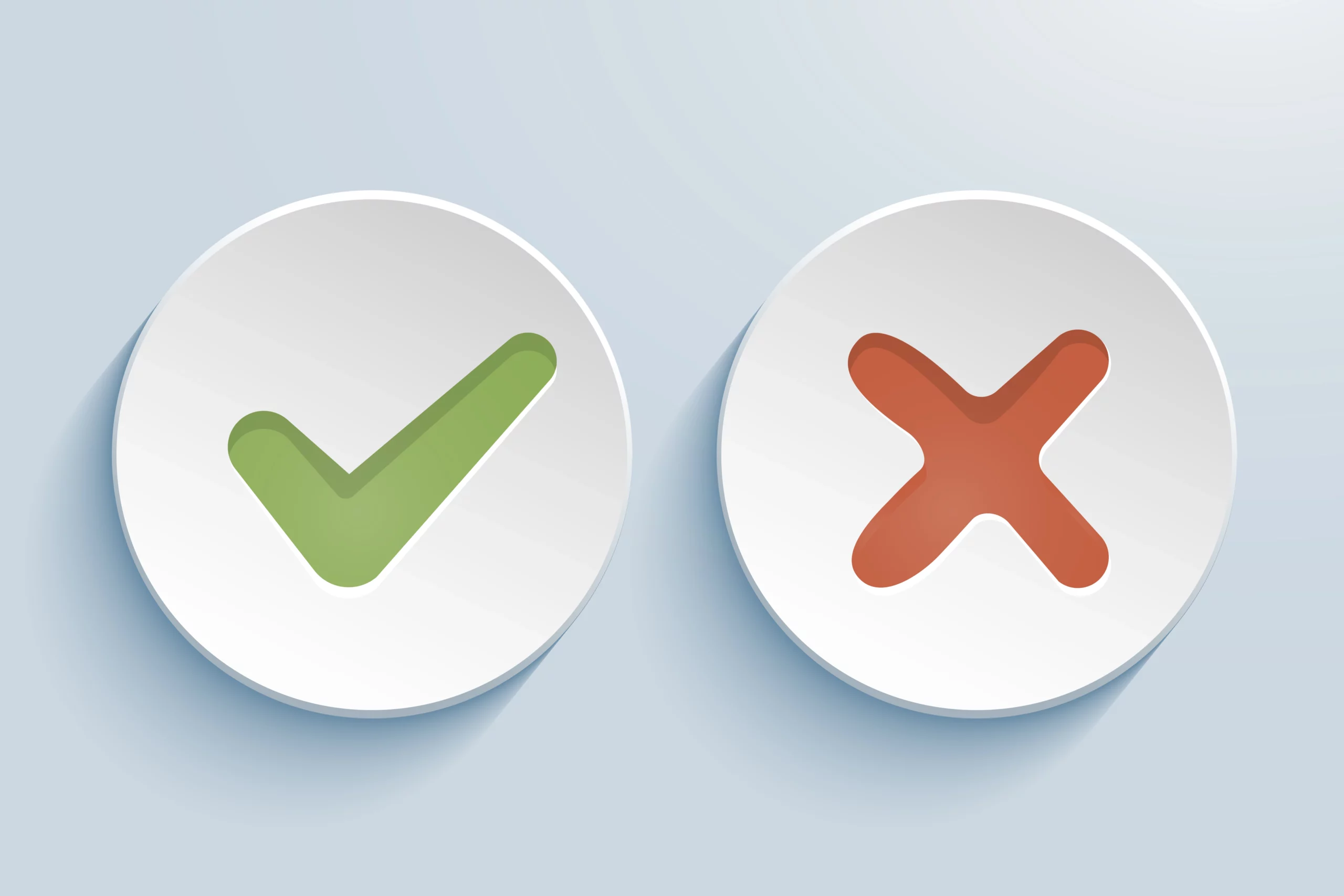Many businesses have a low revenue period that comes around every year. This could be either due to the changes in seasonal demands or weather. Businesses have to make a plan to help cover their day-to-day costs, pay the employees’ salaries, and keep them ahead of their competition. The easiest way to do this is to get a working capital loan. This is a common financing option many businesses use to combat short-term issues. However, anyone new to business or unfamiliar with such financial options must first understand “What is a working capital loan?”
What is a working capital loan?
Businesses use this kind of loan to finance regular everyday operations like product development, employee wages, sales and marketing, and other activities. This helps a business bridge the financial gap between low-income times, such as between the collection of accounts receivable and payment for accounts payable. It can also help businesses cover periods of low activity in a seasonal business. This loan is not meant to fund the expansion of the business or asset purchase.
A working capital loan is taken all at once in a lump sum, and it can be classified as a demand loan where the lender may demand the repayment of this loan at any time. Most often, these loans must be secured with a company’s assent. Everything from the interest rate and term to the amortization period depends on the borrower’s capacity to cover debt payments, as well as how the loan is secured. If the company uses land or real estate to secure the loan, it will get better payment terms and more favourable interest rates.
What are the different types of working capital loans?
Based on the needs of the business, they can avail of several different types of working capital loans.
Term Loan
This lump sum payment is given to businesses for operational expenses. The business will have to repay this amount within the term that is agreed upon when borrowing the amount. If the business needs more capital than it originally borrowed, it may have to first pay off the original debt before securing another working capital loan in addition to the first.
Line of Credit
While a loan is a lump sum amount, a line of credit is a revolving credit from which the business can draw when they need additional capital. This way, a business will only need to pay interest on the amount they have drawn. Most often, lines of credit carry higher credit amounts and have lower interest rates than business credit cards.
The only drawback of this kind of working capital loan is that it may be expensive to begin, and some lenders require the business to pay a fee during its term. For businesses considering this option, opting for a lender with transparent guidelines is best.
SBA Loans
This is a Small Business Administration Loan where the government agrees to cover part of the payment if the business defaults on loan. Here the lenders also offer lower interest rates mainly due to the extra layer of security from the government. These are also much broader types of financing options as the business can use this kind of loan for other business expenses like assisting with a long-term asset purchase or investing in real estate. There are three types of SBA loans mainly,
- SBA 7(a) Loans
- CAPLines
- SBA Microloans
Invoice Factoring
This is one of the most beneficial kinds of loans for businesses when most of their capital is tied up in invoices that their customers have not yet paid. Instead of waiting for the outstanding payment, a business can exchange the invoice for capital through the lender. However, in this case, the lender may retain 5 to 15% of the total invoice amount as a trade-off for immediate cash.
What can I use a working capital loan for?
A working capital loan is the best solution for short-term challenges like covering your day-to-day expenses when the business is lean. Here is the whole list of items you can consider using a working capital loan for
- Cyclical or seasonal activity of the business
- Payroll expenses
- Cash flow issues
- Purchasing inventory
- Hiring new employees
- Refinancing debt
- Repairing equipment
- Launching a new marketing initiative
In many cases, working capital loans are tied to the individual’s personal credit, so businesses need to ensure that they can repay the borrowed amount within the stipulated term, as a late payment or defaulting on the loan can hurt their credit score.
Will I need to offer collateral for a working capital loan?
Some lenders need the business to offer collateral before approval for the working capital loan. However, there are two kinds of working capital loans available. The one backed with collateral is a secured loan, while the one without collateral is called an unsecured loan.
Although a secured loan is more common than an unsecured one, it is beneficial for businesses to check if they can qualify for an unsecured loan as they have more stringent qualification criteria. Most often, the seeker of an unsecured loan will need higher profit margins, better credit scores, and be in business for a long time.
Managing your working capital loan
A working capital loan is an excellent way of helping set a business on the path to success. However, they must be adequately managed to ensure the best results for the business. Here are a few ways to manage a working capital loan.
- Keep an eye on the cash flow
- Make timely payments
- Invest in the business
- Monitor the expenses
How to get a capital loan
Getting a working capital loan may seem easy, but businesses must consider all their options before choosing the one best suited for them. Here’s how businesses can assess their readiness for a working capital loan.
- Understand the borrowing needs of the business to determine how much capital you need to borrow.
- Review your credit score, as it plays a critical role in the terms offered for the loan.
- Do your research and compare lenders to find the one that best suits the business.
- Find out more about the documents required and keep them in order.
- Submit a formal loan application with the lender that meets your needs.
FAQs
How to calculate a working capital loan?
A working capital loan needs to be calculated by determining the expenses required to meet the working capital requirements. The working capital needs must be calculated by subtracting current liabilities from current assets.
Take Away
Knowledge is power, and by understanding what a working capital loan is, its types, how to get it, and how to manage it, businesses can empower their dreams and reach greater heights. If you are looking for a working capital loan Electronica Finance Limited offers a suite of financial solutions for your business.


